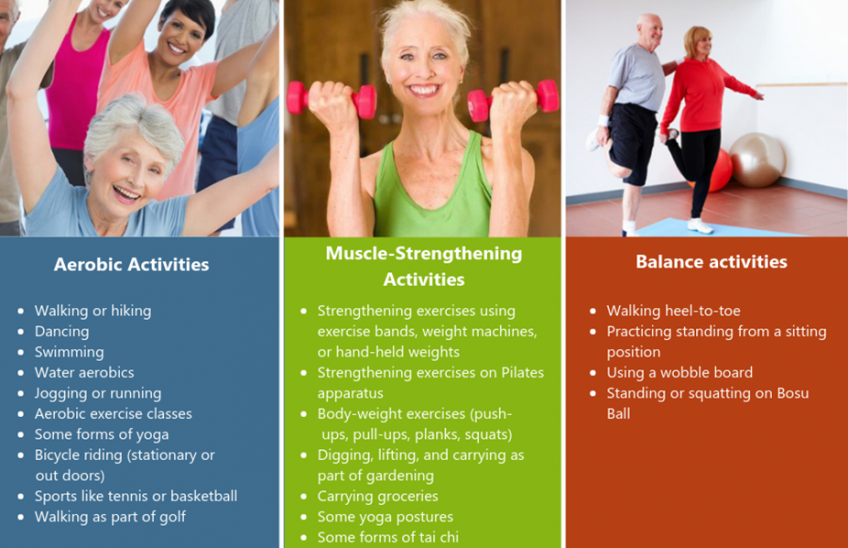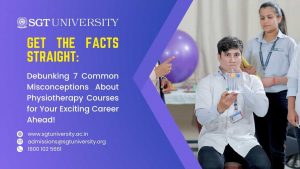As populations continue to extend life expectancy, a central concern is whether the added time comprises years of healthy life and promotes high health-related quality of life into old age.
Physical activity (PA) is defined as any bodily movement produced by skeletal muscles that results in energy expenditure. PA encompasses exercise, sports, and physical activities performed as part of daily living, occupation, leisure, or active transportation. Exercise is a subcategory of PA that is planned, structured, and repetitive and has a final or intermediate objective of improving or maintaining physical fitness.
Older people are at risk of physical decline, and a lack of regular exercise could lead to reduced muscle strength, coordination, balance, flexibility, and respiratory functions, all of which can make them more susceptible to ill health. Older adults can reduce their risk of harm by simply getting up a few times a day. They can use a basic 10-minute program using only a kitchen counter.
“Physical function is the capacity of an individual to perform the physical activities of daily living. Physical function reflects motor function and control, physical fitness, and habitual physical activity.”
PA is a protective factor for non-communicable diseases such as cardiovascular disease, stroke, diabetes, and some types of cancer. PA is also associated with improved mental health, a delay in the onset of dementia, and improved quality of life and well-being. The health benefits of PA are well-documented, with higher levels and greater frequency of PA being associated with reduced risk and improved health in several key areas.
The dose of PA or exercise is described by duration, frequency, intensity, and mode. For optimal effects, the older person must adhere to the prescribed exercise program and follow the overload principle of training, i.e., to exercise near the limit of the maximum capacity to challenge the body systems sufficiently and to induce improvements in physiological parameters such as VO2 max and muscular strength.
Also Read: Secret to Better “SLEEP”
The WHO guidelines ‘Global Recommendations on Physical Activity for Health’, included recommendations for physical activity in older adults. A position stand published by the American College of Sports Medicine (ACSM) has similar recommendations. A key message is that at least 150 min per week of moderate-intensity physical activity is required for health benefits in older adults.
A summary of the WHO recommendations for exercise for people aged 65 years and older:
- At least 150 min of moderate-intensity aerobic activity, at least 75 min of vigorous-intensity aerobic activity, or an equivalent combination.
- Aerobic activity should be performed in bouts of at least 10 min duration.
- For additional health benefits, undertake up to 300 min of moderate-intensity or 150 min of vigorous-intensity aerobic activity, or an equivalent combination.
- People with poor mobility should do balance exercises to prevent falls on 3 or more days.
- Muscle-strengthening activities should be done on two or more days.
- If older adults are unable to do the recommended amounts of physical activity due to health conditions, they should be as physically active as they are able.
Modified from WHO’s publication Global Recommendations on Physical Activity for Health.
Also Read: Why you need to pursue Physiotherapy from SGT University?
Written By:
Dr. Aarti Gupta
Assistant Professor
Faculty of Physiotherapy
SGT University



